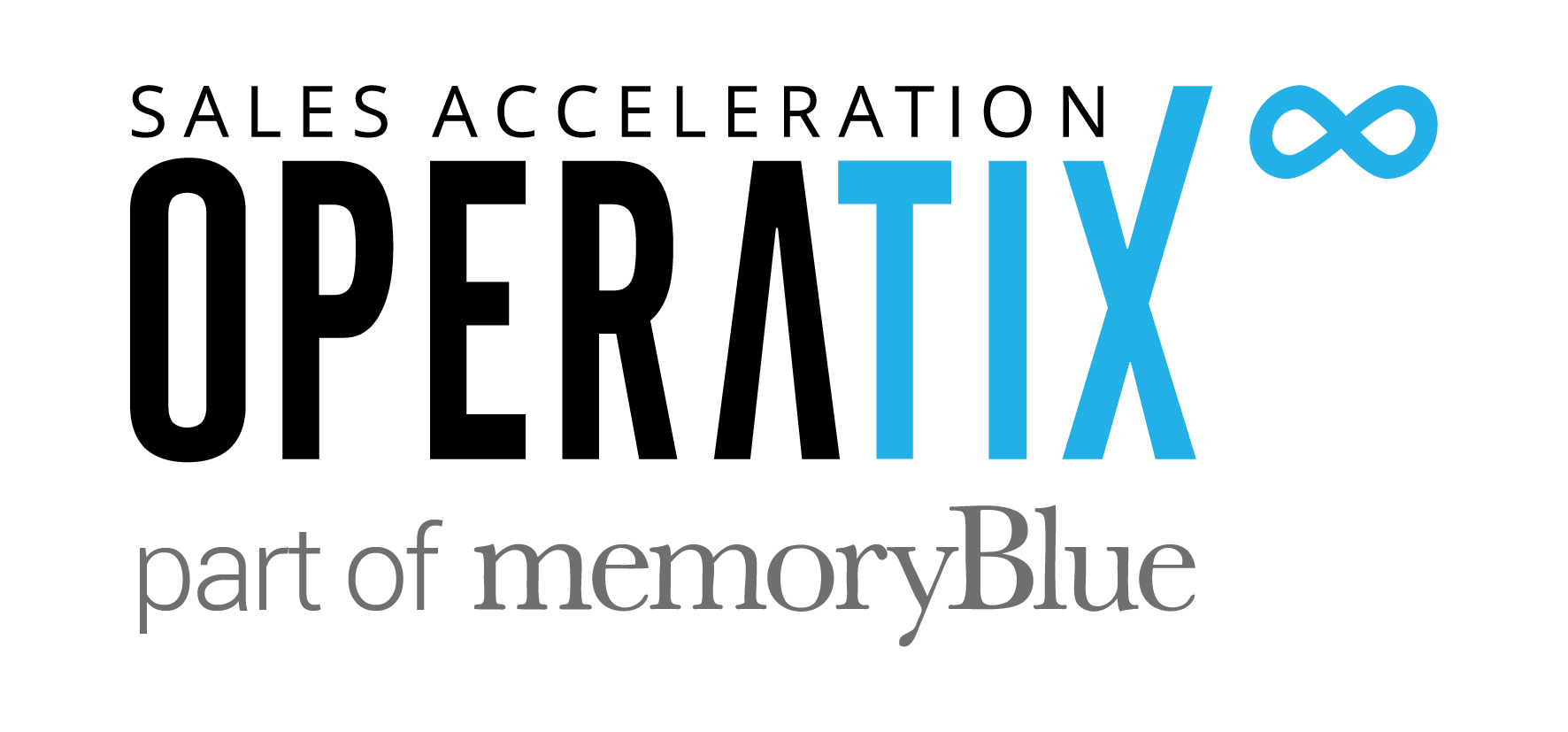During the lockdown, it has been a challenge for most of us to build relationships with employees, clients, suppliers, and teams in our new virtual world.
That’s because most of us have yet to grasp that virtual presence is important — and trainable.
Recently on B2B Revenue Acceleration, we interviewed Deirdre McGinn, Executive Coach and Founder at StepUpStepIn, about building relationships in a virtual world.


Virtual presence is about inspiring confidence.
Deirdre McGinn – Executive Coach and Founder at StepUpStepIn
2 foundations of virtual presence
Relationships are everything, both inside organizations and outside of them.
At the beginning of our global lockdown, many organizations were focused on getting their teams set up at home.
Now that this situation will persist long term, companies need to focus on their teams — making sure that they have the tools and techniques to build relationships and trust with employees, clients and suppliers.
“Virtual presence is about inspiring confidence,” Deirdre said.
It’s a challenge to present yourself in a very small box in such a way that your confidence builds trust, but it’s possible.
1 — Be intentional
Especially in a first engagement, the impression that you give is lasting.
In terms of virtual presence, ask yourself what is your intention for the call and conversation.
- How do I want to help you?
- How do I want to make you feel?
2 — Be present
It’s important to push past Zoom fatigue and remember to stay present for the other person.
“It’s really easy to get distracted,” Deirdre said. Window, phone, and daily life all serve to keep us from being present on a call unless we deliberately put them aside to focus on the other person.


When we’re communicating, our voice becomes really important, building energy and expression into your voice and using your body to do that.
Deirdre McGinn – Executive Coach and Founder at StepUpStepIn
The virtual presence framework
Deirdre walked us through the 3 aspects of virtual presence: See, Hear & Feel.
1 — See
“See” is your appearance on the screen.
- Grooming (be professional, as hoodies or pyjamas are not acceptable any longer)
- Background (remember the space around you)
- Lighting (face natural light if at all possible)
- Posture (straight spine, relaxed shoulders, energetic expression)
“We don’t have very much to work with. We’ve got our head, we’ve got shoulders, we’ve got our hands. So all of that, we need to present in the best possible way,” Deirdre pointed out.
2 — Hear
“Hear” refers to our communication. We have control over how our voices sound to others.
Pitch is particularly important. Too high, it will sound nervous. Too low, it will sound monotonous or boring.
“When we’re communicating, our voice becomes really important, building energy and expression into your voice and using your body to do that,” Deirdre said.
Mechanically, sitting up straight opens your diaphragm, enables you to breathe into your belly, and allows you to project your voice.
Eye contact, facial expressions, and other nonverbal cues will also affect the sound (or perceived sound) of our voice.
3 — Feel
“Feel” means emotional connection. This one’s about building relationships.
“For me, it’s about intention, presence, and trust. It’s all about trust,” Deirdre said. “The more trust you have, the more influence you have.”
One easy way to build trust?
Give the other person a lot of advance notice if a camera is going to be used in your call. You don’t know what’s going on in their home and what it will take for them to build their virtual presence on their side of the call.


The more trust you have, the more influence you have.
Deirdre McGinn – Executive Coach and Founder at StepUpStepIn
Deepening virtual relationships
To deepen virtual relationships, be intentional about the 5 dimensions of building trust.
- Credibility: Knowing your stuff
- Reliability: Closing the gap between what you say and what you do
- Respect: Tuning in to the needs of the individual you are speaking with
- Vulnerability: Being authentic rather than using a persona
- Empathy: Listening and understanding rather than rushing to solve a problem
Empathy is arguably the most important of these trust-building qualities. If we don’t listen empathetically, we could miss important nuance within a conversation with a client, for example, that will keep us from understanding what the impact is for them or their organization.
“You start to create empathy for that person, and you sit on the other side of the table with them, not opposite to them,” Deirdre said. “You want the same side of the table as the client.”
Get in touch with Deirdre and find out more about StepUpStepIn on LinkedIn.
To hear this interview and many more like it, subscribe to The B2B Revenue Acceleration Podcast on Apple Podcasts, on Spotify, or on our website.




